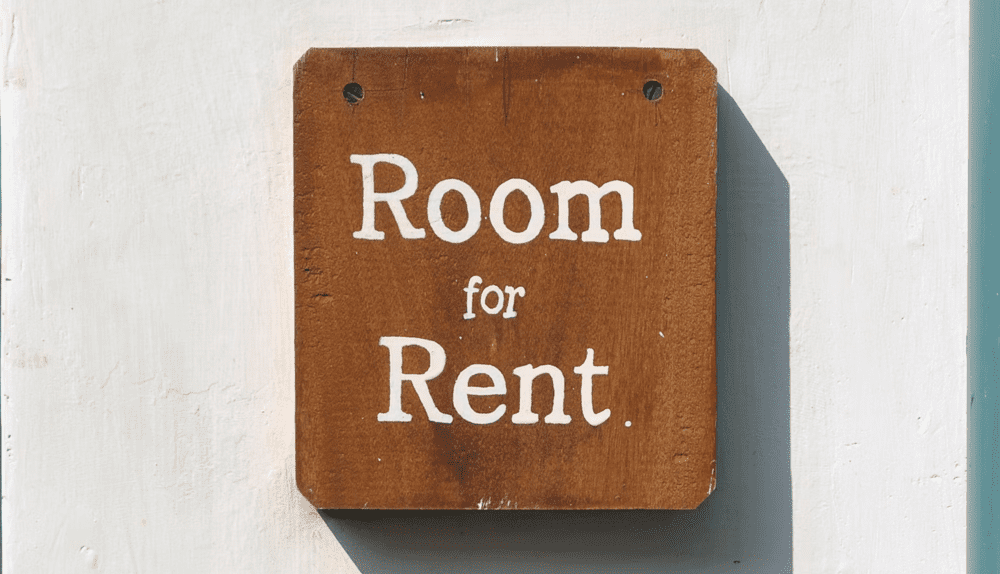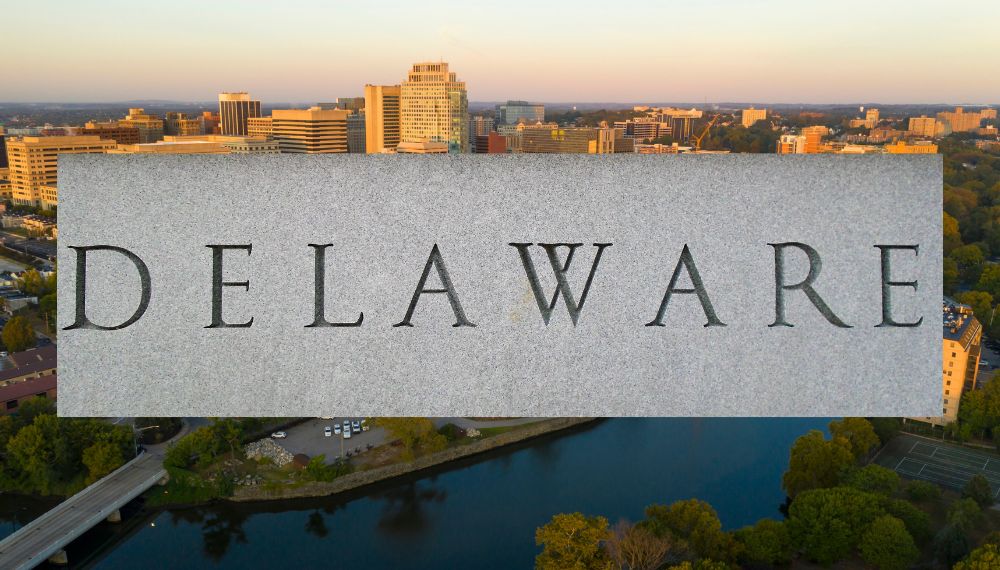Rent Growth Slows for Multifamily Properties but Still Remains Strong
- December 22, 2022
- admin
- Category: Uncategorized

According to Yardi Matrix‘s most recent assessment of 140 areas, the national multifamily market showed sluggish performance demand, which put rent increases on a decelerating trend. In October, the average U.S. asking rent was $1,727, a $3 rise from the previous month. So why rent growth slowed down?
Rent Growth Slows For Multifamily Properties – In-Depth Analysis
Year-over-year growth, however, was down 130 basis points at 8.2 percent. While still much above the long-term average, the occupancy rate fell by 50 basis points in the past year, to 95.5%. Similarly, the asking rent for a single-family home remained steady in October at $2,088 but the annual growth rate decreased by 160 basis points to 6.6 percent, signaling a cooling in the rental market.
A slump, although a gradual one, has hit the multifamily sector. Twenty-five of Matrix’s top 30 areas had rent hikes of more than 5% year over year, with five markets seeing rises in the double digits: Indianapolis (11.8%), Orlando (11.6%), Miami (11.4%), San Jose (10.6%), and Dallas (10.4%). (10.5 percent).
Despite the housing shortage, banks are expected to reduce funding for building projects that have not yet broken ground due to the Federal Reserve’s quick increase in interest rates, which are already at 4 percent after the last hike. In addition, Fed Chair Jerome Powell has predicted that interest rates will continue to rise.
The National Association of Realtors reports that prospective homebuyers are being compelled to remain in the rental market due to rising house mortgage rates of 7.3% in November and a combination of slowing employment growth and macroeconomic concerns. The Inland Empire (-1.0%), Tampa (-1.1%), Atlanta (-1.1%), Sacramento (-1.3%), Phoenix (-1.8%), and Las Vegas (-1.8%) have all seen year-over-year occupancy declines of at least 1 percent, while 19 of Yardi Matrix’s top 30 metros have seen declines of at least 0.5 percent.
As the data for the month shows, the renter-by-necessity sector continued to drive rent increases, with an increase of 40 basis points in October. Trends in lifestyle rentals were unchanged. The top four markets were New York (0.8%), Indianapolis (0.7%), Kansas City (0.6%), and Portland (0.6%). (0.5 percent).
These cities all have a lower supply than the rest of the country does. 16 of the top 30 metros had declining lifestyle sales, with Las Vegas (-0.8%), Sacramento (-0.6%), and the Inland Empire (-0.6%) leading the way (-0.5 percent). The average RBN rent fell in only four of the nation’s largest cities.
From a record of 68 percent in the fourth quarter of 2021, national lease renewals have fallen to 60.2 percent in September, suggesting waning demand and decreasing affordability. Philadelphia, Kansas City, and Baltimore saw the highest lease renewal rates in September at 73.8%, 67.9%, and 66.9%, respectively; Los Angeles, San Francisco, San Jose, and Seattle saw the lowest at 41.6%, 43.1%, and 43.92%, respectively (50.2 percent). There was a fall of 10 basis points from August to September when it came to the annual growth rate of rental renewals across the country, which was 10.9 percent.
Increases in the cost of borrowing money have had a profound effect on the multifamily housing market, dampening demand, slowing rent increases, reducing transaction volume, and reducing the likelihood of new development. Even though the forecast is bad, investors can still use leverage in the form of debt, development loans, mezzanine financing, and preferred equity.
Year-over-year, the average SFR asking rent increased by 6.6% in October, down 0.12% from September. At $1,988, the price has not changed. September’s occupancy rate was 96.1 percent, down from 96.2 percent a year earlier but still quite high.
The number of first-time purchasers in the SFR market has dropped to 26 percent of all sales in the year ending in June, the lowest number ever in a poll performed by the National Association of Realtors. This decline is likely attributable to rising mortgage rates. Those who can’t afford to buy a home are more likely to lease an apartment or a house.
Rental Costs Are Beginning To Normalize
The national median rent dropped to $1,734 in October, down $25 from September and $47 from July’s high. This is the ninth straight month of diminishing growth and the third straight month of growth below 10%.
But the rate of expansion was still roughly 1.5 times that of March 2020, before the epidemic struck. Late fall and early winter tend to be slower seasons for rental demand since fewer people are looking to relocate their homes during those months.
After two years without a typical seasonal slowdown, we are seeing one this year. However, renters are nonetheless suffering the effects of the dramatic rises over the previous few years.
There Is Little Space for Negotiating Since Landlords Are Feeling the Strain
Rental property owners are feeling the effects of the rising cost of ownership and the current market circumstances. Renewal tenants, however, have a little more wiggle room.
When their rent was most recently increased, 34.7% of tenants tried to negotiate a lower increase, but only 6% of tenants were successful in doing so.
Respondent landlords were less likely to be flexible with new renters than with returning ones. Only 17% of landlords say they are at least somewhat inclined to engage with a prospective tenant regarding rent. Tenants who were renewing their leases, on the other hand, were more inclined to bargain (44.9 percent vs. 21.9%).
Because of the rising cost of ownership, eighty percent of landlords have raised rents in the past year. Eighty-one percent of these landlords said that local market fluctuations played a role in their choice to increase rent.
High Rent Costs Hinder the Capacity to Save For a House
Just 32.3% of renters are contemplating buying a home in the next 12 months, down from 34.6% in July. The median renter reported being able to save just $100 per month.
Fewer than half (44%) of respondents said they did not apply for a mortgage because they did not have enough money for a down payment, and almost 20% said they did not think they would be approved.
Up from 80.8% in July, 83.9% of renters who are thinking about buying a home said that rising interest rates and inflation have harmed their intentions to buy a home.






